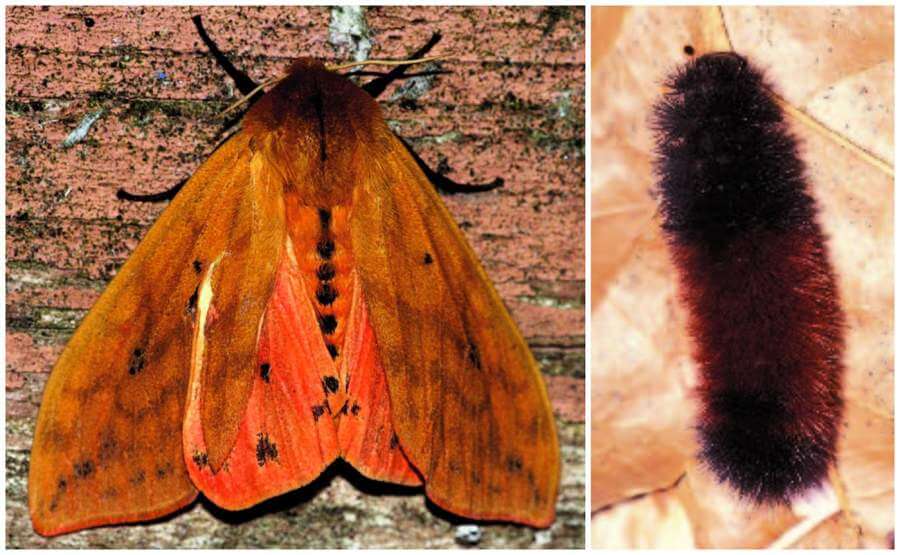Nature is full of surprises, including this little creature called the woolly bear caterpillar.
Have you ever encountered a little caterpillar with black and orange bands often spotted crawling on the ground or inching along plant stems? That delightful creature is none other than the woolly bear caterpillar.
There are also different caterpillars. You can check the black caterpillar identification chart for more information. Its appearance might catch your eye, but what will remain captive is our curiosity about what this caterpillar turns into as it undergoes one of nature’s most astonishing transformations.
In this article, we will discuss the amazing transformation of the woolly bear caterpillar into the Isabella Tiger Moth.
The Wolly Bear Caterpillar
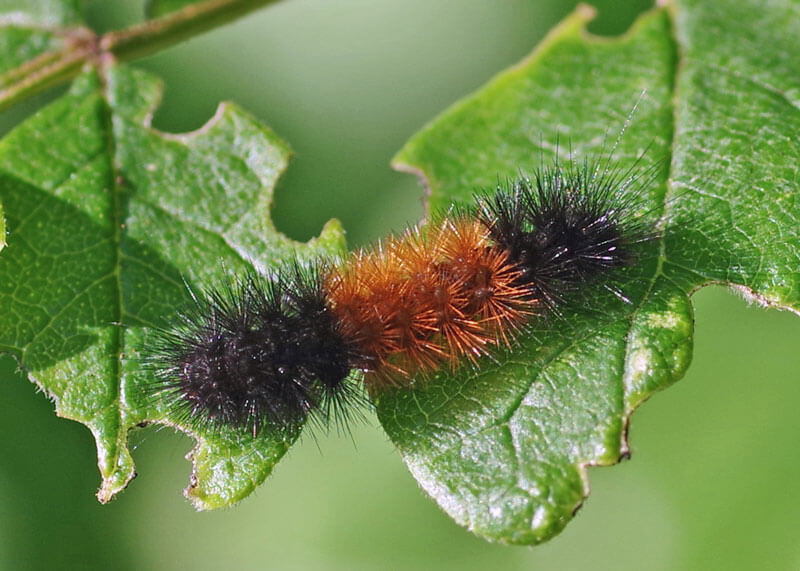
The woolly bear caterpillar is a captivating insect with a unique appearance. It is small, usually around two inches long, covered in soft bristly hairs, and adorned with strikes in black bags on both ends of its body with a rusty orange band in the middle. Its appearance often sparks questions about its future form, and rightfully so.
This caterpillar undergoes a fascinating metamorphosis, eventually transforming into an adult moth known as the Isabella Tiger Moth.
1. Life as a Caterpillar
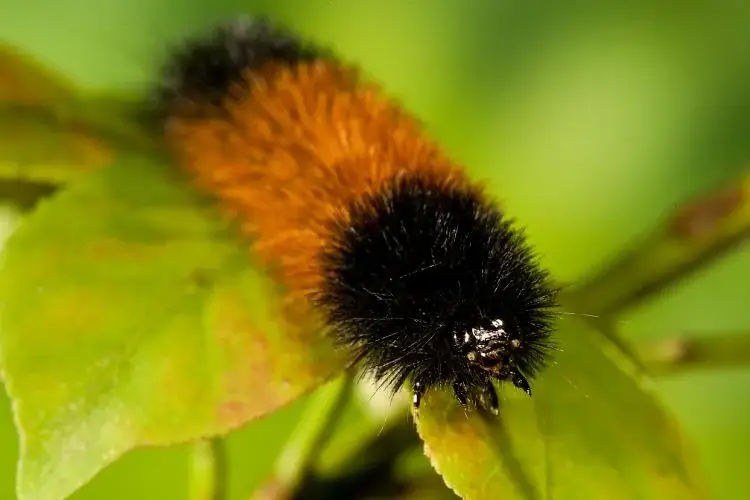
During its life as a caterpillar, the woolly bear caterpillar only focuses on eating, growing, and preparing for its upcoming metamorphosis. Caterpillars generally are herbivores, meaning they feed on plant matter.
The Woolly bear caterpillars are not particularly choosy eaters: they will nibble on various leaves. They grow larger as they consume these leaves, and their distinctive black and orange bands become more pronounced.
2. The Remarkable Transformation
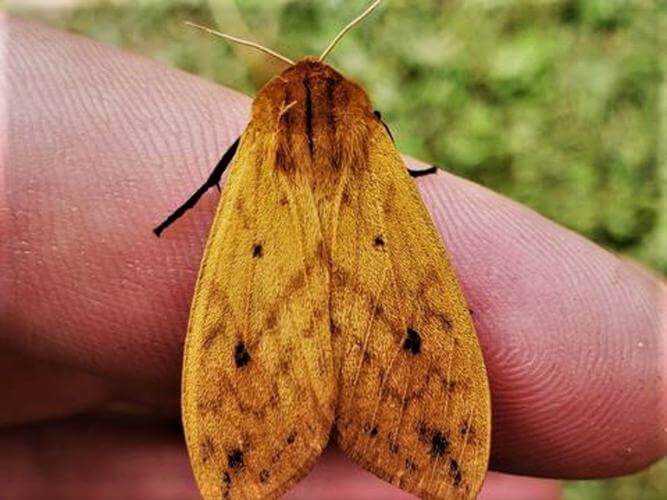
Let’s dwell on the most integrating part of the woolly bear life cycle. It’s the transformation. The magical process is called metamorphosis. It then unfolds in several stages.
1. Pupa Stage: The pupa stage is the first step in the wondrous transformation. At this point, the caterpillar finds a secure spot, often on a plant stem or the ground, and creates a protective cocoon spun from silk. Inside this cocoon, hidden from view, the caterpillar undergoes incredible changes.
2. Mysterious Changes: Mysterious changes within the cuckoo mean the caterpillar’s body transforms remarkably. It essentially dissolves into a gooey substance. Breaking down its old caterpillar body and then miraculously reorganizing itself into an entirely different form. This stage is filled with mysteries that scientists are still unraveling.
3. Emerging as a Moth: After this miraculous transformation, the woolly bear caterpillar emerges from its cocoon, but it no longer resembles the caterpillar we are familiar with. Instead, it emerges as an adult moth. The moth it becomes is known as the Isabella Tiger moth. Unlike its caterpillar stage, the adult moth has a subdued appearance with beach or brownish wings. The caterpillars change their skins or molts six times before transforming into adults.
4. Mating and Reproduction: The primary purpose of the adult Isabella Tiger Moth is to mate and lay eggs. After mating, the female mouth lays eggs, which eventually hatch into woolly bear caterpillars and begin the cycle from the first stage.
The Fascination Continues
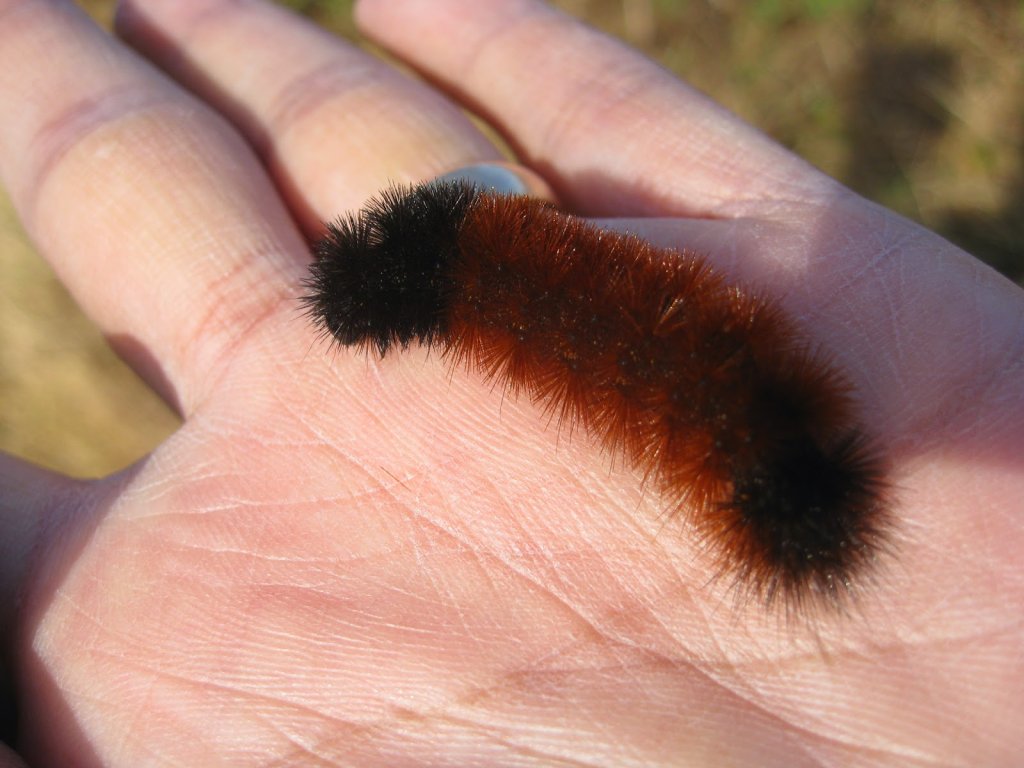
The transformation of the Holy Bear Caterpillar into an adult moth, commonly known as the Isabella Tiger Moth, is like a magical show that keeps everyone amazed. The people who love nature and also the scientists find it super interesting. It shows how this little creature can adapt and bounce from big transformation when it changes from a furry caterpillar to a flying adult Isabella Tiger Moth. It is like nature showing off its incredible power flow. So the next time you see a woolly bear caterpillar, remember that it’s part of nature’s fantastic story of transformation
About Tiger Moths
Tiger moths are a big family of moths, and they come in different styles. Imagine someone wearing a white coat with a colorful underside while others have special patterns on the wings, like stripes or spots. This makes it a bit tricky to spot them.
Especially, sometimes when they grow up from caterpillars, they change their eating habit instead of munching on leaves. They use special straw-like mouths to sip juice from plants. This way, they stay fed and happy all summer long.
These moths are like nature’s fashionistas, each having its unique outfit. Some have bright colors, whereas some have patterns. It’s just like a big moth costume party out there.
And when they grow up, they change their food habits from being leaf eaters to feeding on plant juice. This is their way of staying hydrated during the warm months.
Conclusion
The only bear caterpillar’s captivating journey from its humble, faulty beginnings to its elegant adult form as the Isabella Tiger Moth. They are a testament to the marvels of nature’s design.
Next time you encounter one of these delightful caterpillars, take a moment to appreciate the incredible transformation ahead of this seemingly simple creature.
It serves as a reminder that nature’s secrets are waiting to be uncovered, and every creature, no matter how simple or small they may be, has a remarkable story to tell.

